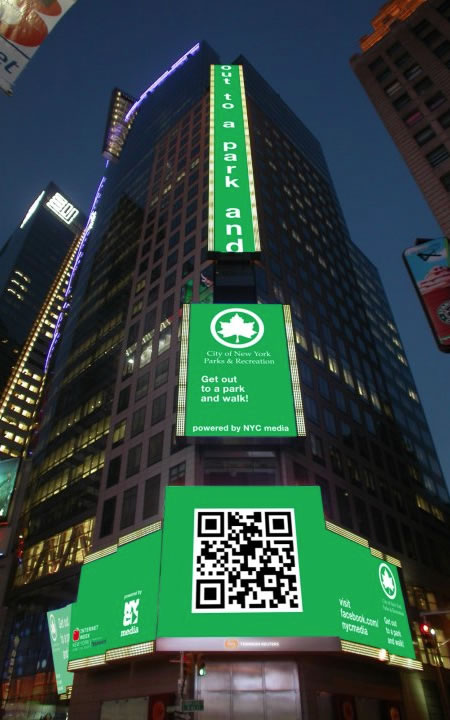I have been interested and using QR Codes for a while now. I mentioned them on this blog nearly three years ago.
You then take a photograph of the barcode, and with special reader software you are able to convert the barcode into information, which could be a link to a website or just plain information.
Since then I have used them myself a fair few times. I used them at ALT-C 2009 to allow people to more easily vote for my poster (didn’t win by the way).
In presentations I have used them for titles or to share my contact details (though to be honest in the main to show people the potential of them).
We are using them in the Library at our Gloucester Campus to allow learners to access more information, links and further resources.

With the advent of Augemented Reality (AR) with Apps like Layar on the iPhone and Android, I have been wondering if there is a real future for mobile phone 3D barcodes.
There seemed to be very little use of them made in the mainstream public environment. Though interestingly Mashable reports today on how the City of New York has “outfitted Times Square with giant QR codes”.

[img credits: NYC Media]
To celebrate Internet Week 2010, the City of New York outfitted Times Square with giant QR codes earlier today. It’s called “The City at Your Fingerprints” and eleven New York agencies participated in the interactive billboard initiative.
Times Square denizens could use their smartphone barcode scanning app to scan the QR codes — which were featured in an animated sequence on the Thomson Reuters building in Times Square from 11 a.m. to 2 p.m. ET — and pull up information relating to specific agencies being featured.
Some mobile phones come with a reader built in, I think my Nexus One did, and the Nokia N95 certainly did. Other phones don’t and need to have an app downloaded, I use Optiscan on my iPhone for example.
So where are we with QR Codes?
The University of Bath have been doing some extensive work on using QR Codes in education and their blog is well worth a read.
They are not mainstream and I know if I show them outside the mobile learning community and geekdom that most people have no idea what they are.
Are we at a point where they will take off?
Probably not.
I am sure AR will mature more and will be more useful.



 Posted by James Clay
Posted by James Clay 






